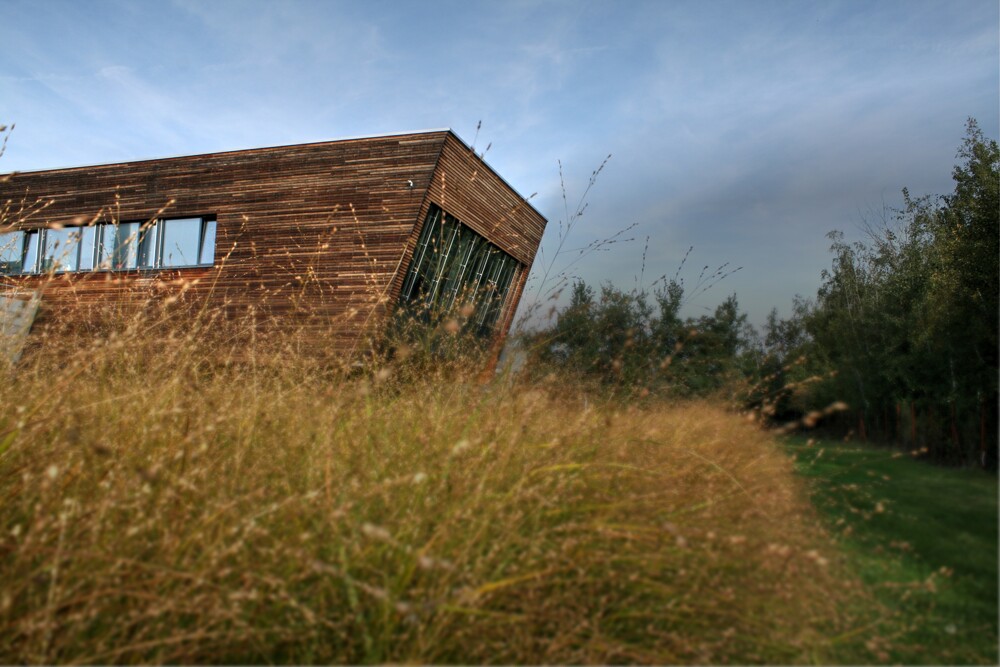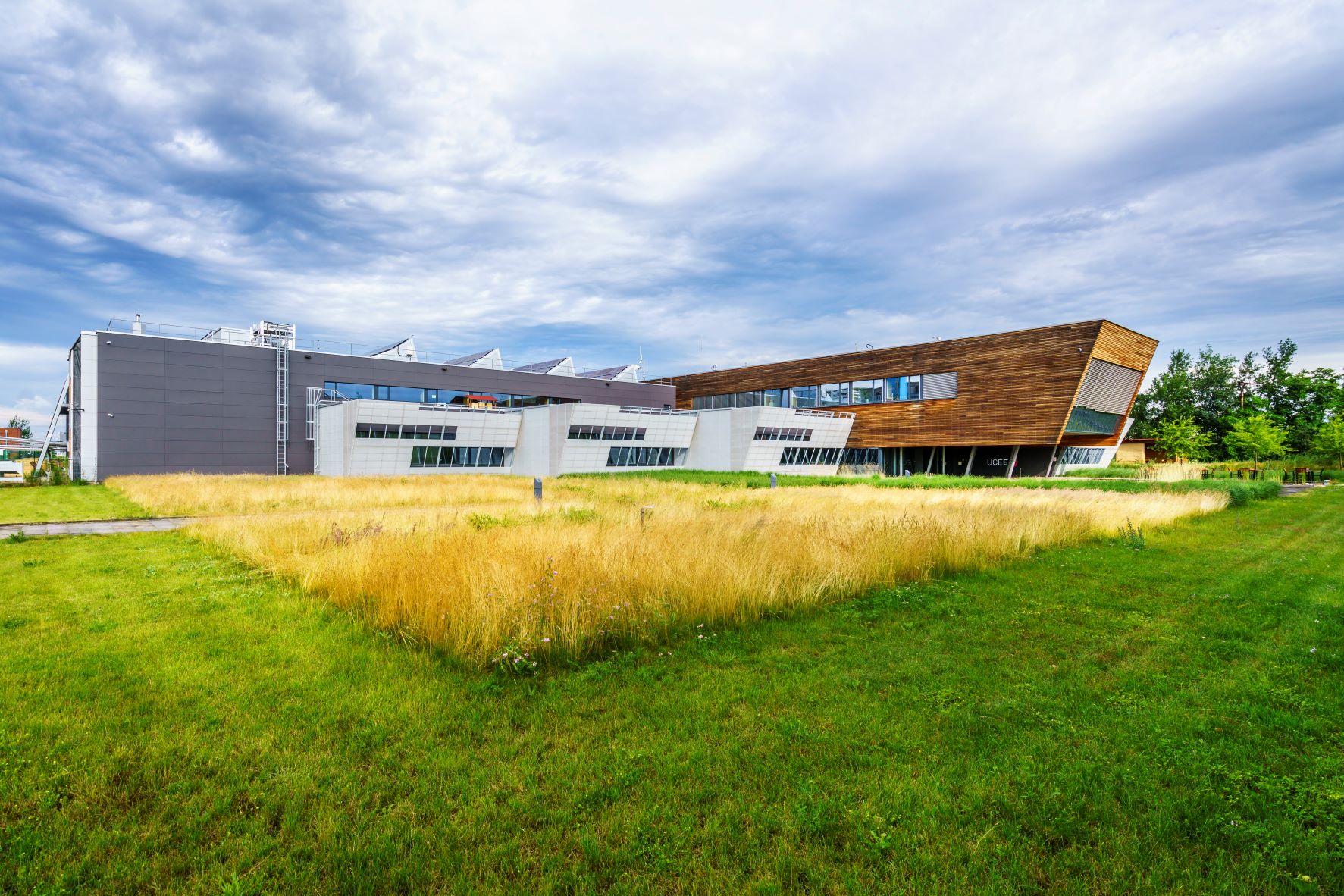

In mid-June, two dozen Czech academics, energy experts and municipal representatives associated in the Energy Efficiency Network
visited Hassfurt, Bavaria, which is a model example of how to ensure complete energy consumption of cities from renewable
sources. The visit took place within the framework of the project Cross-border exchange of experience in energy efficiency
reduction supported by the EUKI programme, in which, in addition to the CTU UCEEB, the Association of Energy Service Providers
and the Centre of Excellence for Cogeneration at the University of East Bavaria Amberg-Weiden participate.
After the accident at the nuclear power plant in Fukushima, Japan, German politicians decided to switch from nuclear power
to renewable energy sources (RES). Hassfurt, a town of 13,000 with a number of schools and industrial enterprises, has become
a laboratory where the energy transition is being created and tested in real time. The basis for this is a combination of
photovoltaics, wind power, a biogas plant, hydrogen production from surplus energy from RES and cogeneration. All of this
is covered by a modern control centre, whose task is not only to stabilise the grid and manage the production and distribution
of energy, but also to trade on the daily and intraday market. Thanks to these measures, Hassfurt obtains two and a half times
its annual energy consumption from renewable sources.
The emphasis on decarbonisation is also reflected in the fact that all new housing construction is heated by heat pumps,
which merely reheat water preheated from photothermal collectors. When the wind isn't blowing or the sun isn't shining, the
city can use the energy stored in battery storage, or hydrogen added to natural gas. Germany's pipeline network already allows
up to 10% hydrogen to be added, with the proportion rising to 30% in newer pipelines under 20 years old in the future.
The Czech visitors on the study tour were interested in how the city has gone about enforcing these measures. "In Hassfurt,
there is a great emphasis on communication with the citizens; every such project must be beneficial to the community. Every
year, the city organises Hassfurt Energy Days and publishes a quarterly magazine with information about the city's energy
sector," explained Mayor Rudi Eck. Locals can also participate financially in the activities, e.g. they contribute 25% of
the wind power. The resulting effect of these efforts is a high percentage of residents who use local green energy, only 7%
take energy from another supplier. This is of course also helped by the fact that in Germany, cities can own all the distribution
networks, so they are not "tied" to any big player in the distribution field and are not at a competitive disadvantage right
from the start. The association of cities in so-called Climate Protection Networks, where members discuss new solutions and
concrete results, also helps significantly. The involvement of the private sector is also important.
Could a similar model be introduced here? The representatives of several Czech cities present had different opinions on this
question, but agreed that most citizens are not yet ready for such steps. Nevertheless, gradual changes are already taking
place in the Czech Republic. In Aš, a municipal energy company is being set up. Thanks to the energy concept, they know that
it will be profitable for them to focus on biogas production, but that geothermal energy will also be a big topic in the future.
Kladno is one of the most progressive cities in the country in terms of energy savings, and Tábor is ready to achieve a 40%
reduction in carbon dioxide emissions by 2030 compared to 2010.